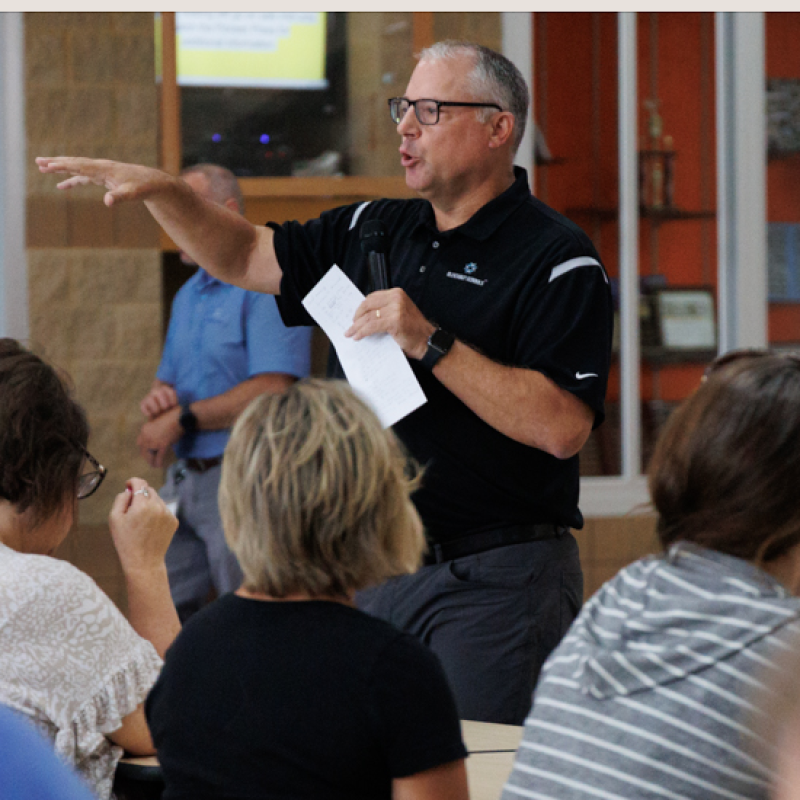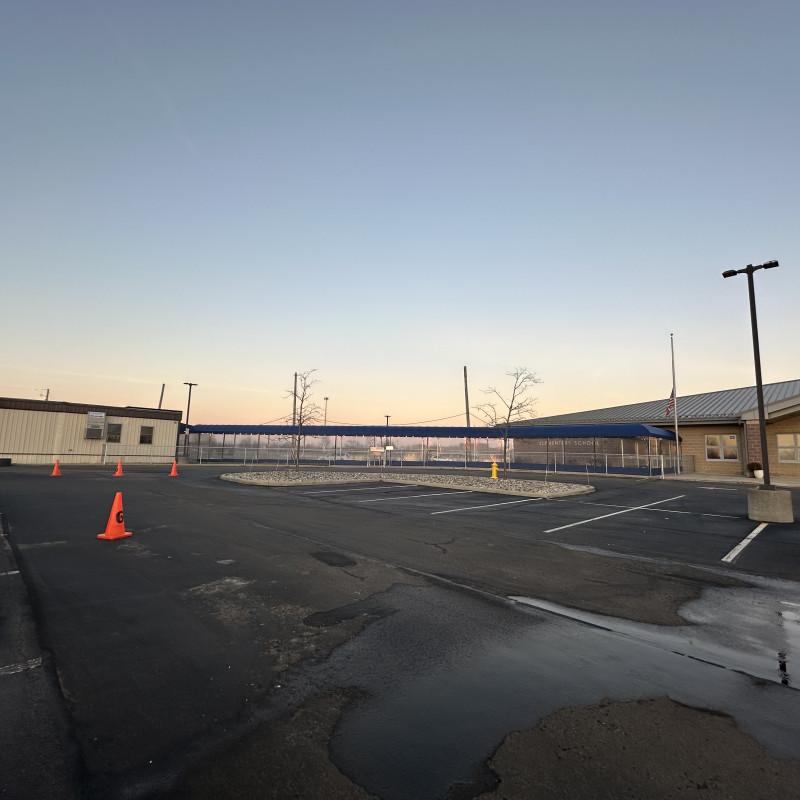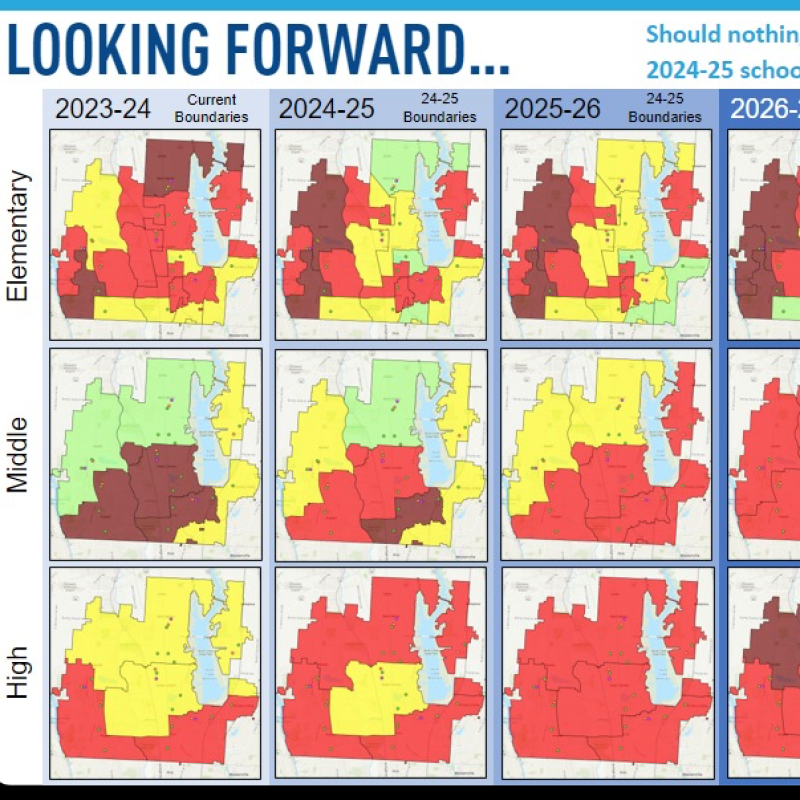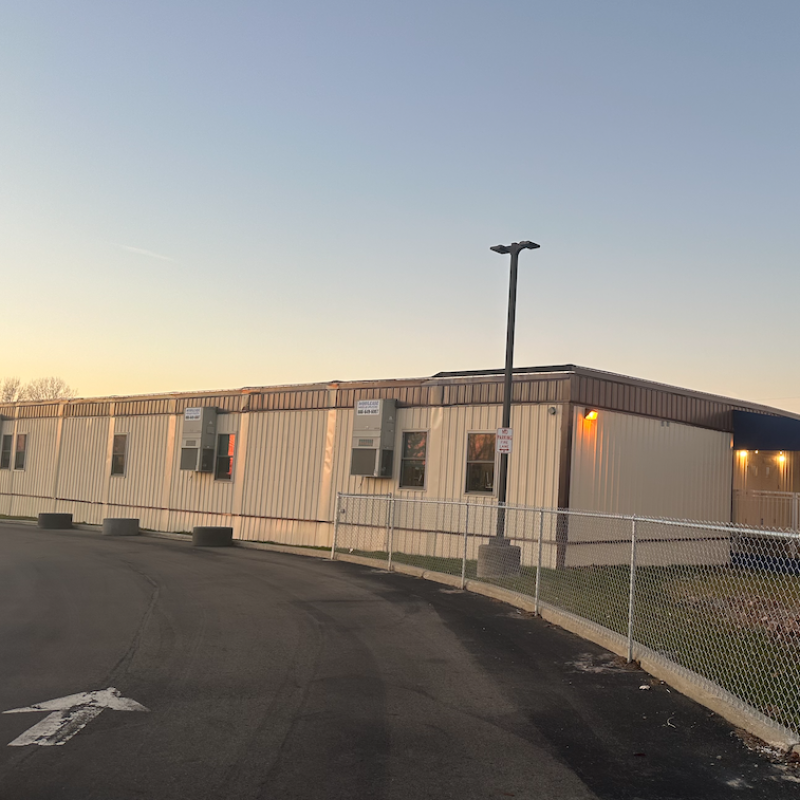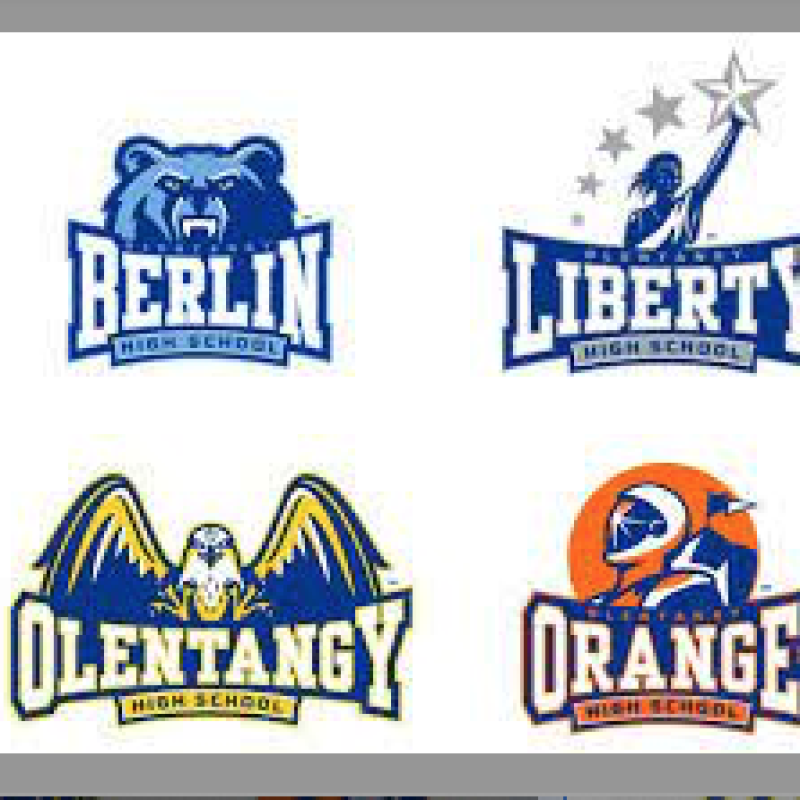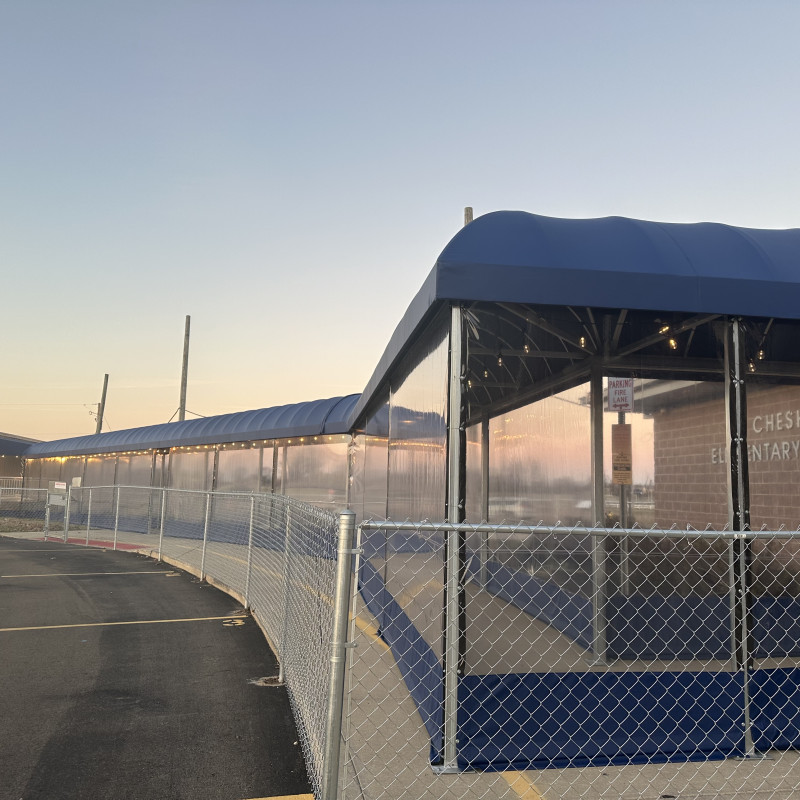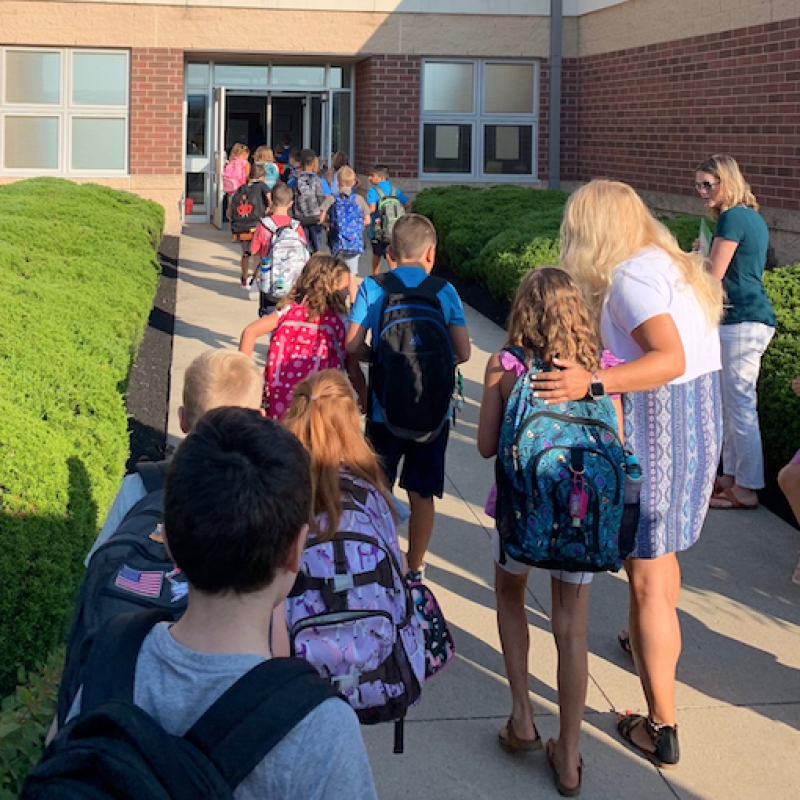Why Now?
Two key reasons why the district is on the ballot March 19, 2024 are enrollment growth and state funding.
GROWTH:
Enrollment is projected by the Facilities Committee to increase by 5,000 students (or 20%) in the next 10 years and will far exceed our building capacity at all school levels.
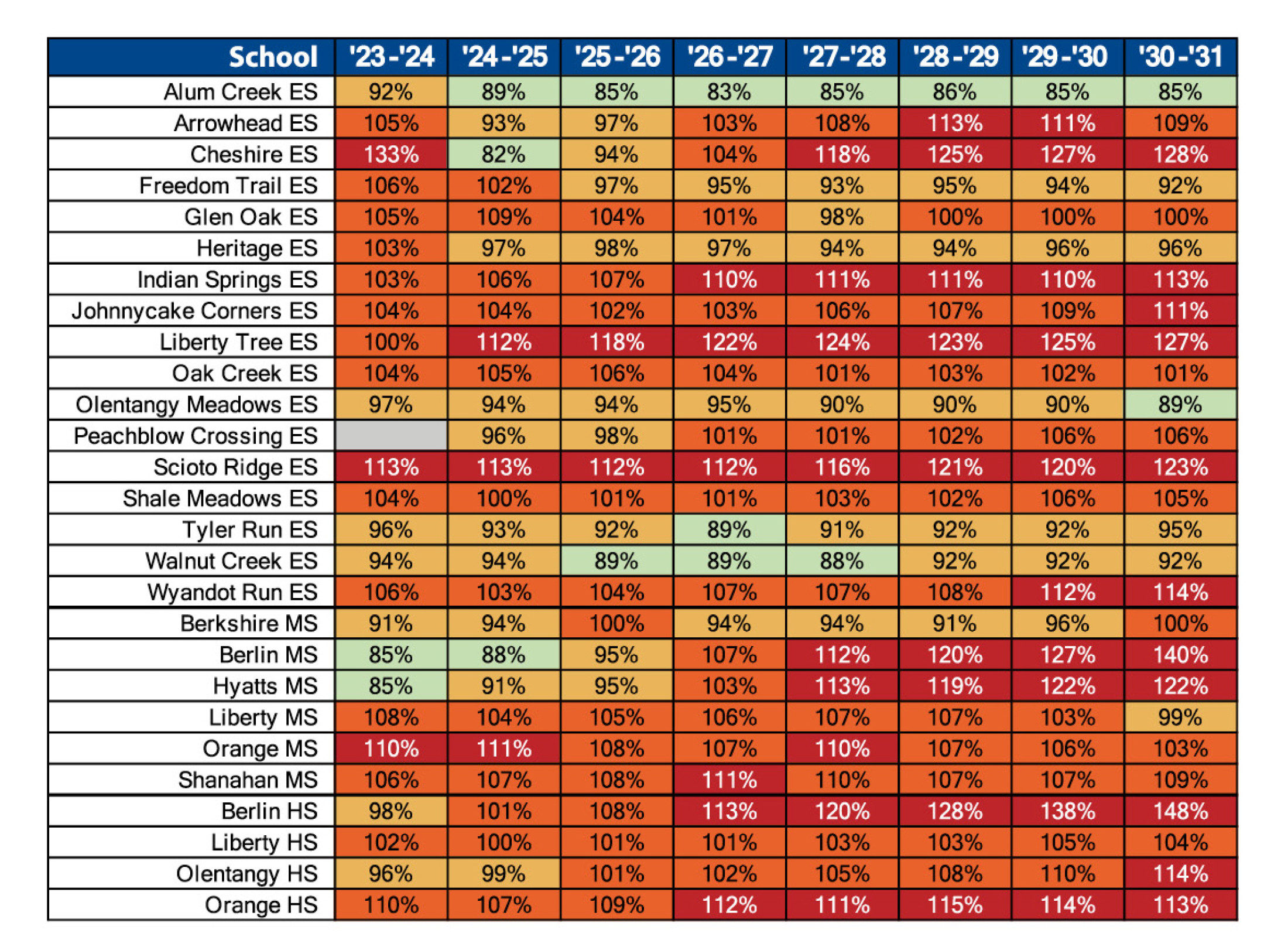
Chart percentages represent current and projected building utilization rates from Cooperative Strategies, a division of Woolpert, a recognized leader in educational facility planning services to school districts and education departments across the country.
In addition to the need for new buildings, the enrollment growth is also a key reason why the district needs operating funds. It’s important to keep in mind that it is fiscally responsible to place an operating levy on the ballot with these new school buildings to ensure that the operating needs of those schools will be met. In both Westerville and Dublin school districts, ballot issues were passed to build schools but did not include funds to operate them, which resulted in schools being built but not opened. The buildings sat idle until operating funds were approved.
STATE FUNDING:
In addition to growth, one of the reasons the district is requesting additional funding is due to the limited funding provided to Olentangy from the state of Ohio.
Olentangy received long-awaited funding relief as Ohio lawmakers prioritized fair school funding in the biennium budget last summer. House Bill 33 includes key provisions that affect Olentangy’s state funding to provide tax relief to our community. While this development has reduced the levy ask, it does not eliminate the need for a levy entirely as the District makes plans to accommodate current and projected growth.
Olentangy receives $1,604 from the state in formula funding when calculated on a per pupil basis. The average school district in Ohio receives $5,558.
Per Ryan Jenkins, OLSD Treasurer, "The core foundation funding (state funding) formula is not fully funded. The district's reduced state funding is currently $35.6 million as compared to a fully funded value of $59.9 million. If the funding formula was fully phased in with all components, Olentangy would receive an additional $24.3 million this year. There is still work to be done with the Ohio Legislature for the next biennium budget."
